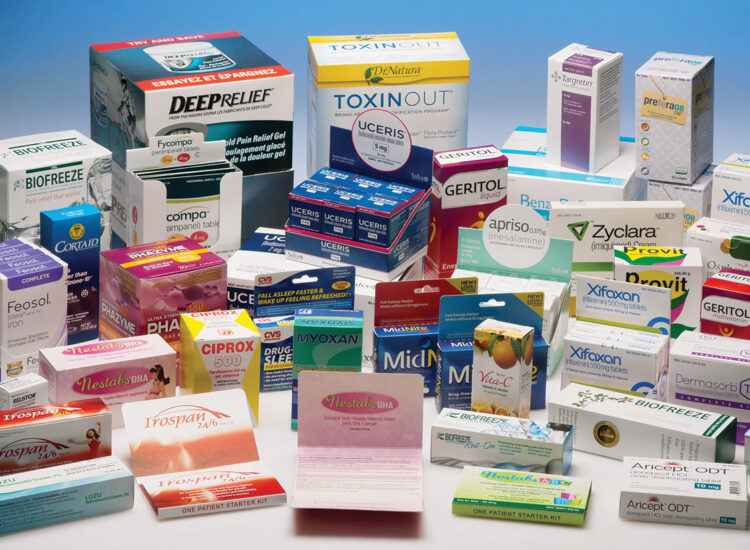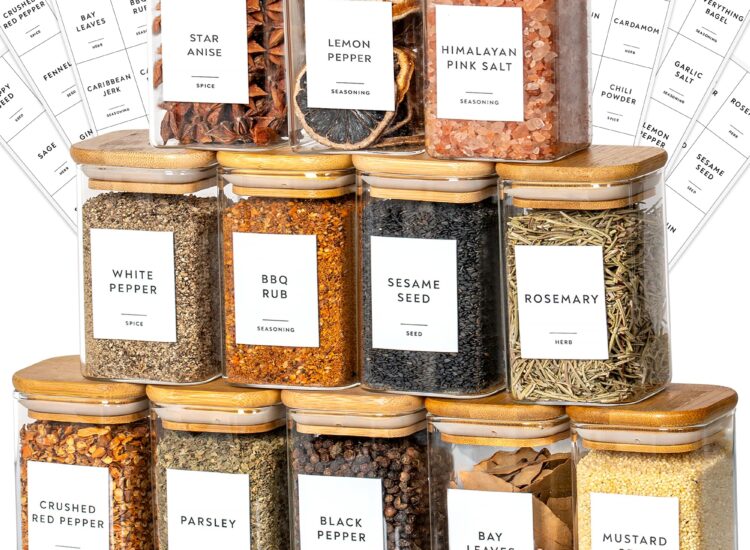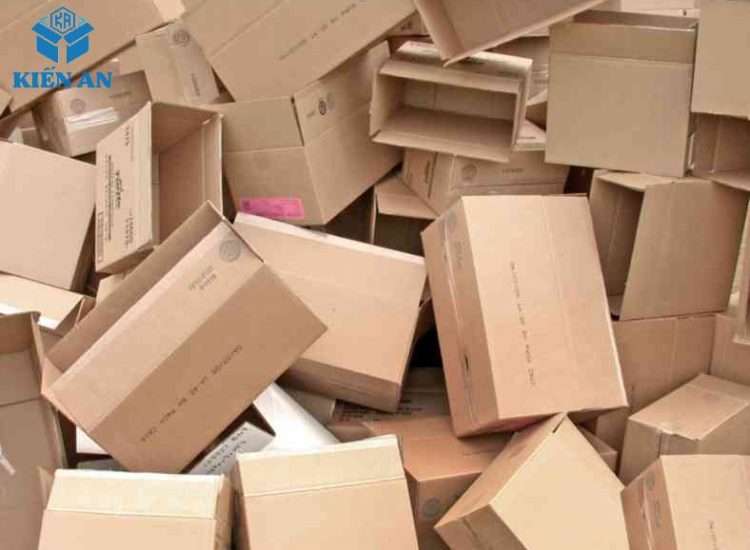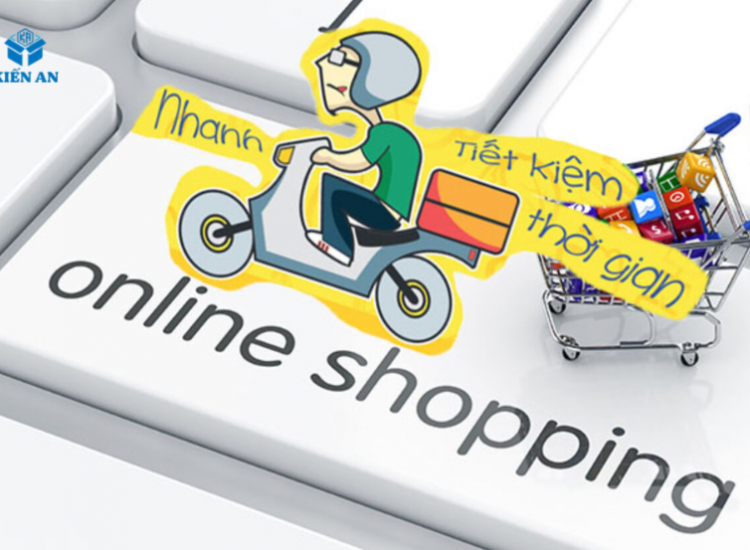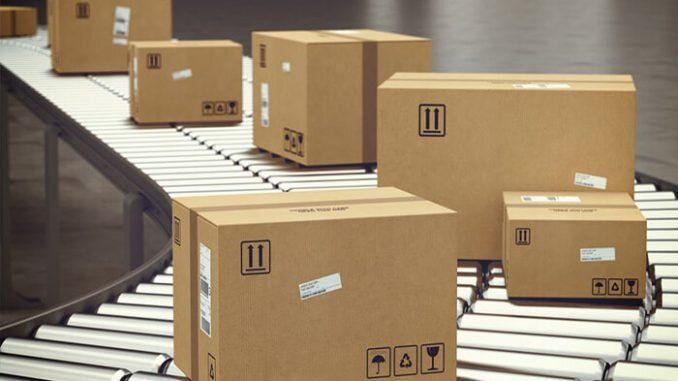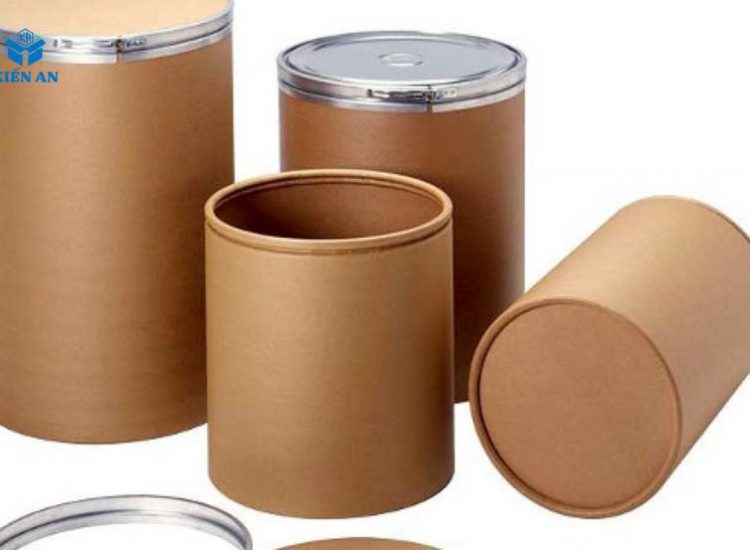Wrapping the Future: Key Trends Shaping the Packaging Industry in Vietnam and Beyond in 2025
The packaging industry, often an unsung hero of the global economy, plays a pivotal role in ensuring the safe delivery, preservation, and presentation of goods across countless sectors. In 2025, this dynamic industry is undergoing a significant transformation, driven by evolving consumer demands, technological advancements, and an urgent global focus on sustainability. In Vietnam, a rapidly growing economy with a burgeoning manufacturing sector, these trends are particularly pronounced, creating both challenges and exciting opportunities for packaging producers and users alike. Let’s delve into the key forces shaping the packaging landscape in Vietnam and the wider world in 2025.
The Green Imperative: Sustainability Takes Center Stage
Without a doubt, sustainability remains the most dominant force influencing the packaging industry in 2025. Globally, and with increasing momentum in Vietnam, there is mounting pressure from consumers, governments, and businesses to minimize the environmental impact of packaging. This translates into a surge in demand for eco-friendly materials. Recyclable plastics, biodegradable polymers, compostable plant-based materials, and innovative solutions like mushroom packaging are gaining significant traction. The focus is shifting from a linear “take-make-dispose” model to a circular economy approach, where packaging is designed for reuse, refill, or efficient recycling.
In Vietnam, the government is increasingly implementing regulations to curb plastic waste, creating a strong impetus for businesses to adopt sustainable packaging alternatives. Consumers are also becoming more environmentally conscious, actively seeking out products with minimal and eco-friendly packaging. This shift presents a significant opportunity for Vietnamese packaging manufacturers to innovate and invest in sustainable solutions, catering to both domestic and international markets that prioritize environmental responsibility.
The Technological Edge: Smart and Active Packaging
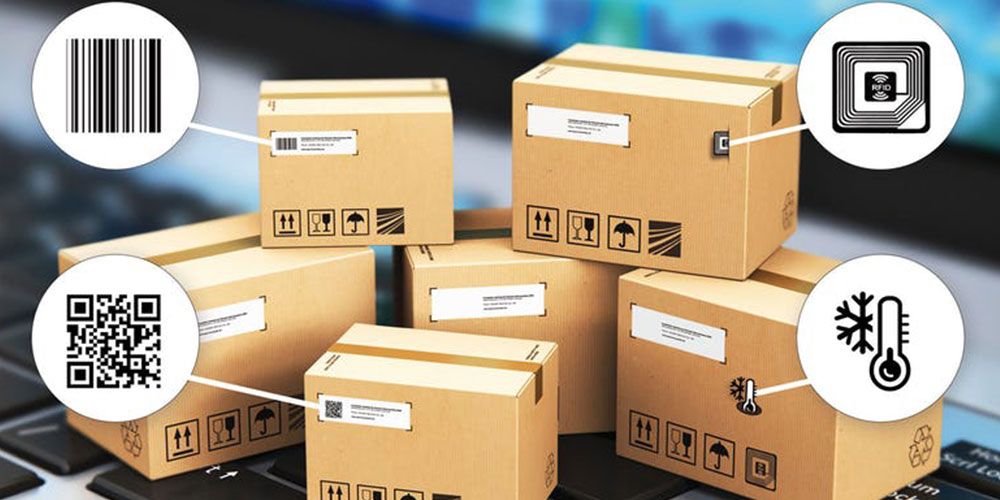
Beyond material changes, technology is revolutionizing the functionality of packaging in 2025. Smart packaging, incorporating features like sensors, QR codes, and NFC tags, is becoming increasingly prevalent. These technologies enable enhanced product tracking, authentication, and consumer engagement. For instance, a QR code on food packaging can provide information about the product’s origin, nutritional content, or even recipes, enhancing transparency and building consumer trust.
Active and intelligent packaging is another exciting area of development. Active packaging interacts with the product to extend its shelf life, such as oxygen absorbers in food packaging. Intelligent packaging, on the other hand, can sense and communicate information about the product’s condition, such as temperature indicators for perishable goods. These advancements are particularly crucial for Vietnam’s growing food and beverage export sector, ensuring product quality and reducing waste throughout the supply chain.
Automation and robotics are also transforming packaging production processes in Vietnam and globally, leading to increased efficiency, reduced costs, and improved accuracy. 3D printing technology, while still in its early stages for mass production, holds potential for creating customized or on-demand packaging solutions for niche markets.
Related articles 01:
1. https://baobikienan.vn/mang-pe-foam/
2. https://baobikienan.vn/cach-lam-cay-thong-noel-bia-carton/
3. https://baobikienan.vn/cach-chon-mua-thung-carton-phu-hop-voi-nganh-nghe-cua-doanh-nghiep/
E-commerce’s Everlasting Impact: Packaging for a Digital World

The e-commerce boom, which has seen exponential growth in recent years, continues to shape packaging demands in 2025. With more consumers shopping online in Vietnam and internationally, the need for robust and protective packaging to withstand the rigors of shipping is paramount. The focus is not just on preventing damage but also on optimizing packaging size to reduce material usage and shipping costs. Right-sized packaging solutions are becoming increasingly important for minimizing void space and ensuring efficient logistics.
Furthermore, packaging is playing a crucial role in the online shopping experience. Brands are recognizing the “unboxing experience” as a key touchpoint with consumers. Creative and aesthetically pleasing packaging can enhance brand perception and create a positive first impression, even for products purchased online. This trend is driving demand for innovative packaging designs and high-quality printing in Vietnam’s packaging sector.
Ensuring Safety and Freshness: Food Packaging in Focus
In the food and beverage industry, packaging remains critical for ensuring product safety and hygiene. With increasingly complex global supply chains, advanced packaging technologies are essential for maintaining food quality and preventing contamination. Antimicrobial packaging, which inhibits the growth of bacteria and other microorganisms, is gaining importance in extending shelf life and reducing food waste. In Vietnam, with its significant agricultural and food processing sectors, advancements in food packaging are crucial for both domestic consumption and international exports.
The Flexible Advantage: Pouches and Films on the Rise
Flexible packaging formats, such as pouches, films, and bags, are experiencing significant growth in popularity in 2025. Their lightweight nature, cost-effectiveness, and versatility make them an attractive alternative to rigid packaging for a wide range of products, from food and beverages to personal care items and even electronics. Advancements in materials science are also making flexible packaging more sustainable, with the development of recyclable and compostable flexible films. This trend is evident in Vietnam’s consumer goods market, with a growing preference for convenient and lightweight packaging options.
Vietnam’s Packaging Landscape: Challenges and Opportunities
.jpg)
Related articles 02:
1. https://baobikienan.vn/giay-in-mau-lam-sao-de-lua-chon-giay-in-mau-phu-hop/
2. https://baobikienan.vn/tam-carton-2-lop-giai-phap-goi-hang-an-toan-tiet-kiem-cho-doanh-nghiep/
3. https://baobikienan.vn/huong-dan-lam-leu-carton-dep-don-gian-cho-be-co-the-lam-tai-nha/
4. https://baobikienan.vn/giay-thu-hoi/
5. https://baobikienan.vn/tim-hieu-do-chiu-luc-cua-thung-carton/
The packaging industry in Vietnam in 2025 presents a unique set of challenges and opportunities. The country’s rapidly growing economy and rising middle class are driving increased domestic demand for packaged goods. Simultaneously, Vietnam’s role as a major manufacturing hub creates significant export opportunities, requiring packaging that meets international standards for quality and sustainability.
However, the Vietnamese packaging industry also faces challenges in terms of infrastructure and technology adoption. While there are many established players, the sector also includes a significant number of smaller enterprises that may lack the resources to invest in advanced technologies and sustainable materials. Government initiatives and regulations related to packaging and sustainability are evolving, requiring businesses to adapt and invest in compliance. Competition from both domestic and international packaging manufacturers is also intensifying.
Despite these challenges, the opportunities for growth and innovation in Vietnam’s packaging industry are substantial. By embracing sustainability, adopting advanced technologies, and catering to evolving consumer preferences, Vietnamese packaging companies can position themselves for success in the years to come.
Listening to the Consumer: Trends and Preferences
Ultimately, consumer trends and preferences are a major driving force behind changes in the packaging industry. In 2025, consumers are increasingly demanding transparency and information about the products they purchase, including details about the packaging materials and their environmental impact. Convenience and functionality remain key priorities, with demand for packaging that is easy to open, use, and store. Aesthetics and branding also play a crucial role in attracting consumers and building brand loyalty. Packaging that is visually appealing, reflects the brand’s values, and provides a positive user experience is increasingly important for success in the competitive marketplace.
Looking Ahead: The Future of Packaging
The packaging industry in 2025 is at a pivotal point, with significant transformations underway. The convergence of sustainability concerns, technological advancements, and evolving consumer demands is shaping a future where packaging is not just a means of containment but an integral part of the product experience and a key contributor to a more sustainable economy. We can expect to see continued innovation in materials, designs, and functionalities, with a strong emphasis on creating packaging that is both effective and environmentally responsible.
Conclusion: A Dynamic Sector Driving Progress
The packaging industry in 2025 is a dynamic and crucial sector, particularly in a rapidly developing economy like Vietnam. Driven by the urgent need for sustainability, the transformative power of technology, and the ever-evolving demands of consumers, the industry is undergoing a period of significant innovation and change. Vietnamese packaging manufacturers have a unique opportunity to capitalize on these trends, investing in sustainable solutions, adopting advanced technologies, and catering to the growing demand for high-quality, environmentally responsible packaging, both domestically and on the global stage. The future of packaging is not just about wrapping products; it’s about wrapping the future of a more sustainable and technologically advanced world.

